Table of Contents
1. Defining the Fortinet Security Fabric
Launched in FortiOS 5.4 and fully matured in later releases, the Fortinet Security Fabric is an AI-driven, unified cybersecurity platform designed to secure every segment of a modern digital infrastructure—on-premises, hybrid, and multi-cloud. Rather than treating network, endpoint, cloud, and application as isolated silos, the Fabric weaves them together into a cohesive system that shares threat intelligence, policy enforcement, and visibility.
Key Points:
- Fabric Root & Downstream Devices: A central “Fabric Root” (often a FortiGate cluster) orchestrates multiple downstream FortiGates, FortiSwitches, FortiAPs, and other Fabric-enabled components, ensuring consistent policy and telemetry.
- Open Ecosystem: In addition to Fortinet products, the Fabric integrates with 500+ third-party solutions—including cloud-native platforms, SIEMs, orchestration tools, and more—via Fabric Connectors and open APIs.
- FortiGuard Threat Intelligence: Powered by a proven AI/ML engine, FortiGuard Labs processes over 100 billion security events daily, feeding real-time threat data into every Fabric node.
2. Core Components and How They Interact
A hallmark of the Security Fabric is that its components don’t merely co-exist—they collaborate to detect, contain, and remediate threats across every layer.
| Layer | Product Examples | Role in the Fabric |
|---|---|---|
| Network Security | FortiGate NGFW | Deep-packet inspection, IPS, VPN, application control |
| Endpoint Security | FortiClient | Malware protection, EDR, VPN agent |
| Wireless & Switching | FortiAP, FortiSwitch | Secure Wi-Fi with WPA3, 802.1X NAC, micro-segmentation |
| Cloud Security | FortiGate-Cloud, FortiCASB | Cloud firewall, CASB, posture management |
| Threat Intelligence | FortiGuard Services | URL/DNS filtering, anti-malware, sandboxing |
| Management & Analytics | FortiManager, FortiAnalyzer | Centralized policy/config management; log aggregation & SIEM |
| Advanced Threat | FortiSandbox, FortiAI | Behavioral analysis, AI-driven threat prediction |
Example Workflow: When an unknown file enters via the FortiGate NGFW, it’s sent to FortiSandbox for analysis. The resulting verdict and IOCs are automatically disseminated to all FortiClients and other Fabric nodes—blocking threats everywhere in real time.
3. Fabric Integration: Sharing Intelligence & Automating Response
At the heart of the Security Fabric is bi-directional communication—every Fabric element acts as both a sensor and an enforcer:
- Telemetry Exchange: FortiGate, FortiSwitch, FortiAP, and endpoint agents stream logs and alerts into FortiAnalyzer. FortiAnalyzer’s AI engines correlate events and feed enriched intelligence back into the Fabric.
- Automated Stitches: Security Fabric Automation Stitches define “if-this-then-that” workflows (e.g., if an endpoint shows lateral movement, quarantine it at the switch port). This minimizes manual intervention and slashes incident response times.
- Fabric Connectors & APIs: Prebuilt connectors link Fortinet devices to cloud providers (AWS, Azure, GCP), ServiceNow, Splunk, and more—extending Fabric visibility into third-party environments.
4. Business Benefits & Security Outcomes
Implementing the Security Fabric delivers measurable advantages:
- Holistic Visibility
Dashboards in FortiManager and FortiAnalyzer provide a single pane of glass across network segments, endpoints, and cloud workloads—eliminating blind spots and accelerating threat hunting. - Consistent Policy Enforcement
Centralized policy templates ensure that firewall rules, NAC profiles, and endpoint configurations are uniformly applied—reducing misconfigurations and compliance drift. - Rapid Threat Containment
Automated Fabric Stitches and real-time threat feeds enable one-click quarantine actions—stopping lateral spread before breaches escalate. - Operational Efficiency
Consolidating multiple point products onto one platform shrinks administrative overhead, lowers total cost of ownership, and speeds up deployment (new sites, cloud instances). - Scalability & Flexibility
From SMBs to large enterprises, the modular Fabric allows you to start small (a single FortiGate + FortiClient) and grow organically—adding SD-WAN, CASB, or Fabric-enabled switches as needed.
5. Real-World Deployment Scenarios
- Data Center Protection: High-throughput FortiGate clusters inspect east-west and north-south traffic, with FortiAnalyzer providing forensic logging and FortiSandbox isolating anomalies.
- Secure Branch Connectivity (SASE): FortiGate SD-WAN edges with built-in NGFW and ZTNA tie remote sites and home offices back into the Fabric—maintaining security policies regardless of user location.
- Cloud-Native Security: Virtual FortiGate instances in AWS/Azure connect via Fabric Connectors to on-prem FortiGates, ensuring unified visibility and threat sharing between cloud and datacenter.
- Zero Trust Micro-Segmentation: FortiNAC and FortiSwitch enforce 802.1X authentication and dynamic VLAN assignment at the access layer—isolating IoT devices, guest users, and contractors.
6. Best Practices for Optimizing Your Security Fabric
- Design a Clear Fabric Topology
- Identify your Fabric Root(s) and plan downstream devices by zone (e.g., data center, branch, wireless).
- Minimize VDOMs & Policy Routes
- On lower-end FortiGates, limit Virtual Domains to avoid resource contention; simplify policy routes to boost throughput.
- Regularly Update FortiOS & Signatures
- Stay within Fortinet’s recommended FortiOS versions and apply FortiGuard updates to maintain peak performance and threat coverage.
- Leverage Automation Stitches
- Start with prebuilt templates (e.g., malware quarantine, DNS anomaly response) then tune to your environment.
- Monitor Fabric Health
- Use FortiManager’s Fabric topology view and FortiAnalyzer’s health dashboards to detect misconfigurations or communication failures early.
- Validate with Periodic Audits
- Conduct Red Team exercises and configuration reviews to ensure policies match your risk profile—and that Fabric integrations are functioning as intended.

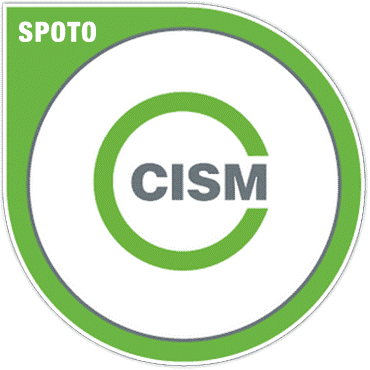

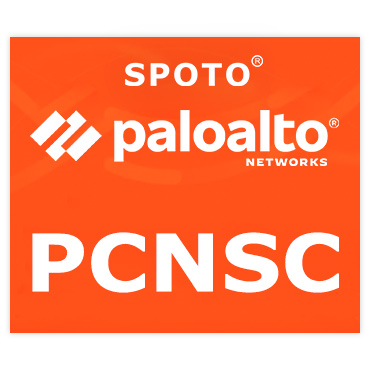

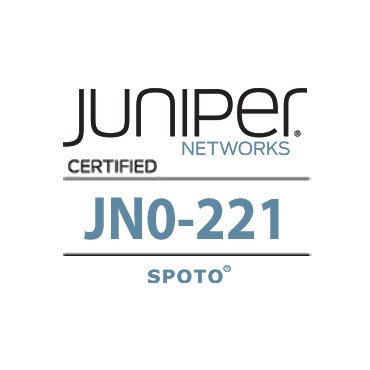

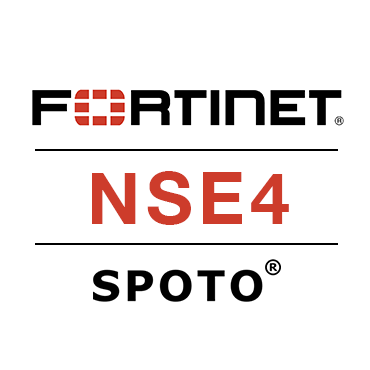


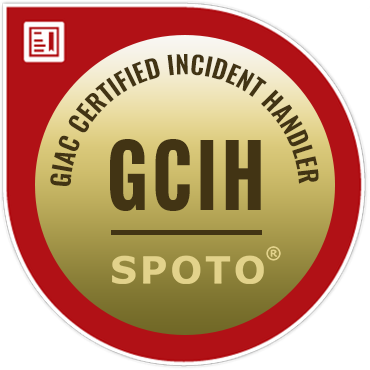

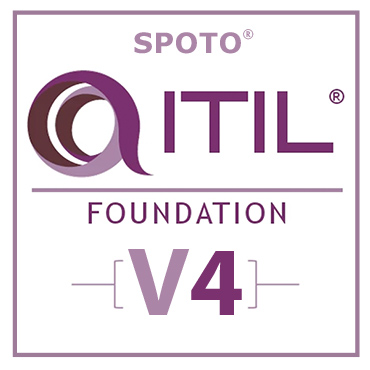
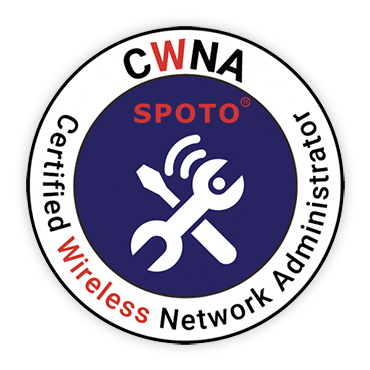
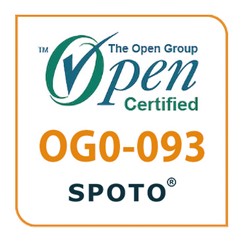


Comments